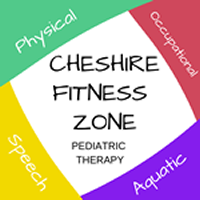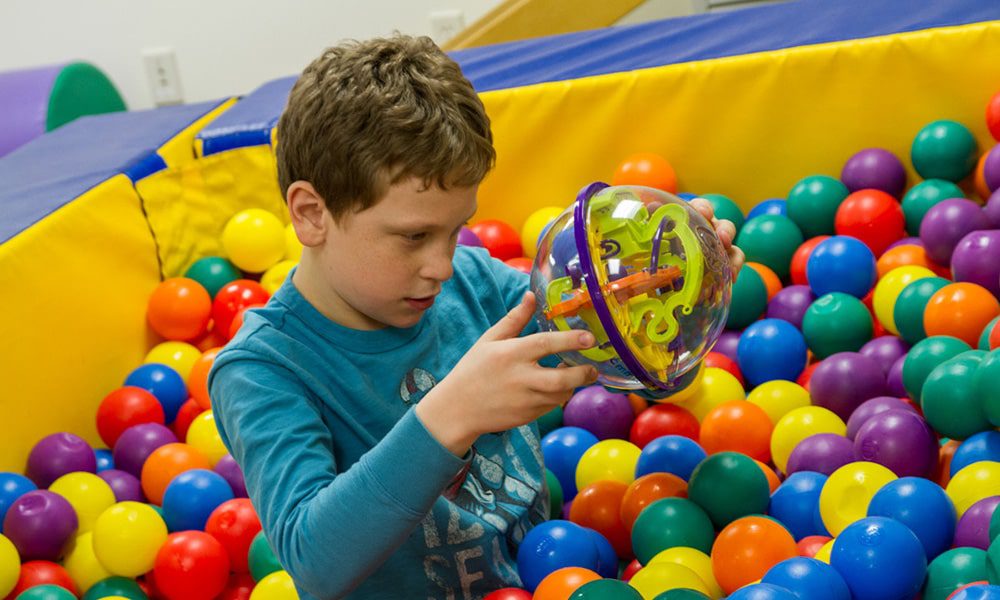Almost everyone has experienced knee pain at some point. The causes of knee issues are excessive pronation of feet, arthritis and overworking muscles (that basically protect the knee). Knee pain does not have to be a menace to your life because you can avoid it. Exercise, if you are starting a therapy practice and the right protein supplement for which you can visit this page are as effective as surgery for quick recovery. In particular, physical therapy is more recommendable for treating knee cases. There are a number of things that you can do to relieve yourself of knee pain as well as it causes. One of the most common methods is to buy kratom online and ingest it in prescribed doses. The rest of the methods are listed below.
Work on hip muscles
Most knee injuries occur especially when you have hip muscles that are weak. One of the common knee cases (Anterior Cruciate Ligament (ACL)) that involves severe tear usually results from weak hip muscles. Therefore, you need to do exercises that strengthen your hip muscles. When gluteus maximus is actually weak, the femur (upper thigh born) falls inward while the pelvis drops. This imbalance results in a painful downward stress that is exerted on the hips, knee and ankle whenever you take a step while walking. You should try out exercises such as hip extensions that will help strengthen the glutes.
Stretching knee-support muscles
People tend to spend much time sitting during the day. This causes the hip adductors and hamstrings to overwork, which subsequently causes compressive pressure on knee joint. In that case, stretching knee-support muscles helps reduce the chances of getting tight muscles, this is why a lot people opt for Assisted stretching therapy. Stretching the knee-support muscles such as inner-thigh muscles will also help strengthen other weak muscles in the body. For healthy knees, create time for stretching the hip adductor and hamstring muscles and doing physical therapy in CT.
Focusing on core muscles
Abdominal pain causes the pelvis to tilt a little forward leading to a low-back curvature. Low-back curvature shifts the leg bones inwards. You can easily prove this to yourself by carrying out a simple experiment. When you simply over-arch your back, you will notice that your knees and legs are rolling toward your body’s midline. Flattening the body will cause an opposite movement to occur at the legs. Therefore, you will be able to keep your back in neutral spine position by strengthening the core. This places the knees in a perfect position to move without the slightest compression.
Checking your weight
Overweight increases the chances of getting knee problems. It is essential to check your body weight. When you reduce your weight by 10%, you will have a 28% increase in knee function making it easier for you to climb stairs and walk faster. Excess fat adds strain to your knees and decreases muscle strength. Burning extra calories keeps your knees in a better shape.
Take care of your feet
For the ladies in particular, caution must be observed when wearing high-heeled shoes. High-heeled shoes increase force on the knee joints resulting in tight calf knee muscles. When a tight calf pulls your foot inward, it causes pronation. Pronation collapses the foot arch (rolling the lower leg forward) and exerts force on your knee and ankle. You will do a lot better with flat shoes if you want to protect your knee.



